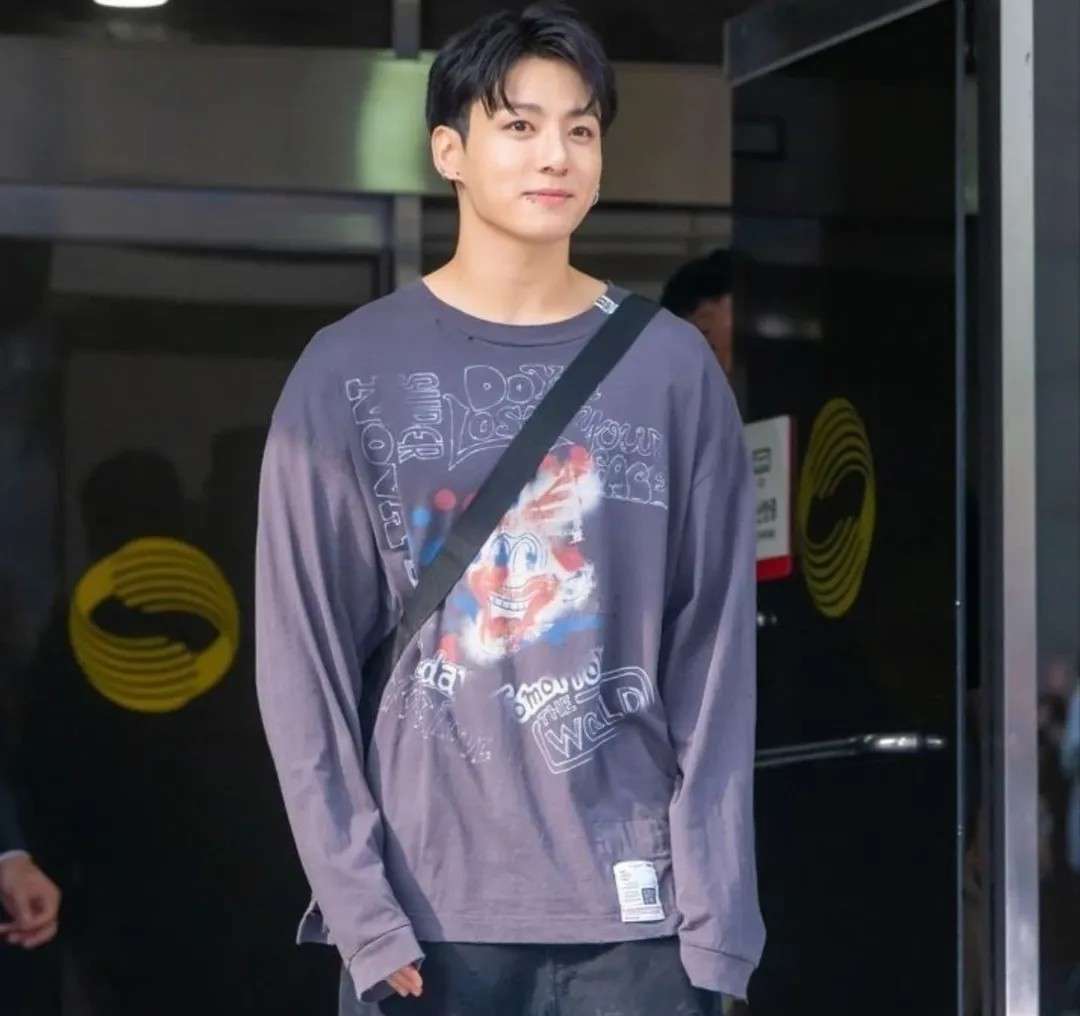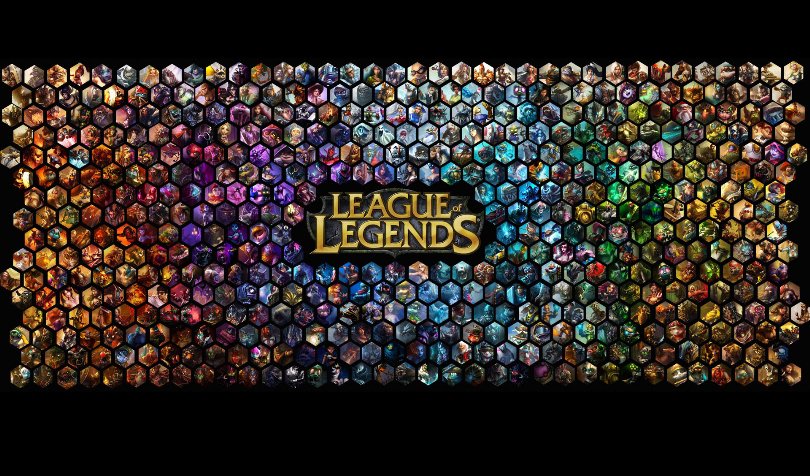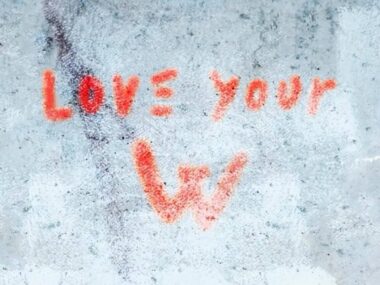For years, airport fashion has been a thorn in the side of South Korean airports. Fans flock to Incheon International Airport hoping to catch a glimpse of their favorite idols. Reporters livestream hours in advance. Even people disguising themselves as professional photographers slip in to secure a better view.
Airport fashion is more than fan service. It’s a cultural stage. Stylists curate outfits to showcase individuality while aligning with a group’s concept. Sometimes the look reinforces an idol’s image, other times it’s meant to redefine them. Luxury brands know this too. A bag or jacket spotted at Incheon can sell out overnight. The airport is one of the most unlikely yet powerful fashion runways in the world.
That allure has a dark side. Every trip through the terminal turns into a pressure cooker of fans, cameras, and security forces all jostling for control of the space. Too often, it’s the general passengers who pay the price.
When Enthusiasm Turns Dangerous
The list of incidents is long. In 2018, a security guard for NCT 127 assaulted a reporter. In 2022, ENHYPEN’s staff came under fire after footage showed a guard roughly pushing a fan. In 2023, an NCT DREAM fan suffered a fractured rib in a similar clash. In July 2024, actor Byun Woo-seok’s team sparked outrage by shining bright lights at passengers, even checking boarding passes as if they were airport staff.
This is not just chaos. Overzealous fans push past barriers. Agencies hire private security that operates outside official rules. Even seasoned media sometimes cross lines. What should be a glamorous public spectacle has too often devolved into a safety hazard.
Incheon’s Abandoned Fix
In October 2024, Incheon Airport tried to address the problem. They announced plans to let celebrities use separate crew gates to reduce congestion. The idea collapsed almost instantly. A day before launch, the program was canceled after public backlash accused the airport of favoritism. Critics argued it gave idols special treatment while leaving ordinary passengers behind.
The controversy even reached the National Assembly, where lawmakers raised fairness concerns during an audit. It didn’t matter that the plan aimed at safety. Once framed as privilege, it became toxic.
Learning from Overseas Airports
Other countries have found ways to manage the same problem. In Japan, celebrities’ flight information is kept private, preventing mobs from gathering in the first place. Airports also use official communication channels to guide fans. At Los Angeles International Airport (LAX), separate gates for public figures are standard practice.
Incheon has struggled to find middle ground. The latest proposal avoids jumping straight to new entrances. Instead, the airport says it will gather feedback, review overseas practices, and remind security teams to actually follow safety protocols. Ideas under discussion include requiring agencies to submit celebrity travel plans in advance so staff can prepare for crowd control.
Can Safety and Spectacle Coexist?
The real issue isn’t just whether Incheon can stop chaos. It’s whether they can do it without destroying the cultural phenomenon of airport fashion. Fans aren’t going to stop showing up. Agencies aren’t going to stop styling idols like it’s a runway. Brands aren’t going to stop chasing the free advertising.
None of that should come at the cost of safety. If Incheon wants to show it’s serious, it can’t backpedal again when criticism comes. The priority has to be protecting ordinary travelers, even if it means upsetting the delicate balance of celebrity culture.
Incheon International Airport can either commit to real solutions or risk another cycle of half-measures and canceled plans. Because fans will always find a way to see their idols. It’s up to airports to find a way to make sure everyone else gets to fly safely too.






